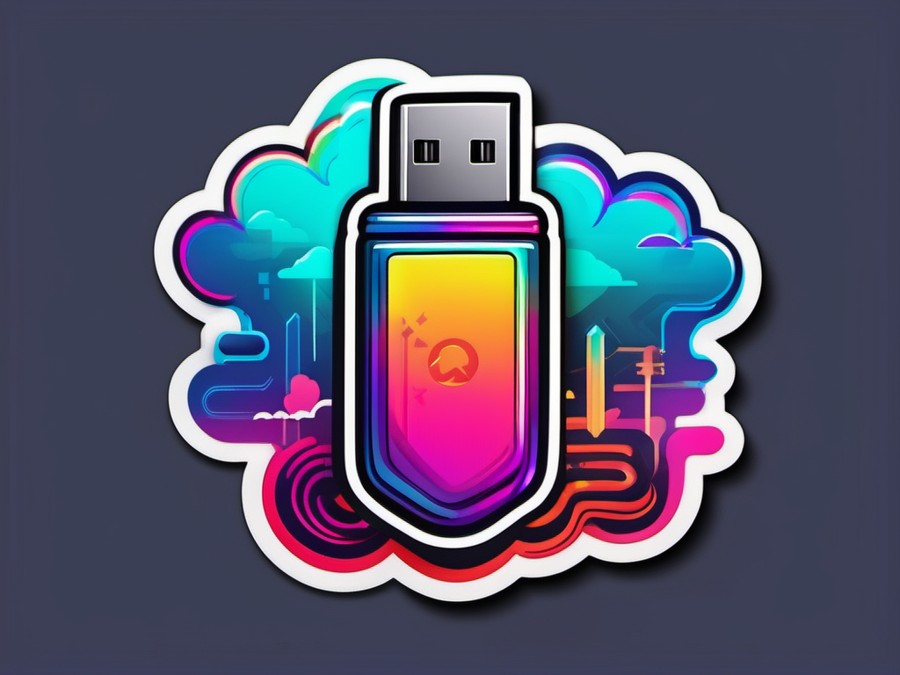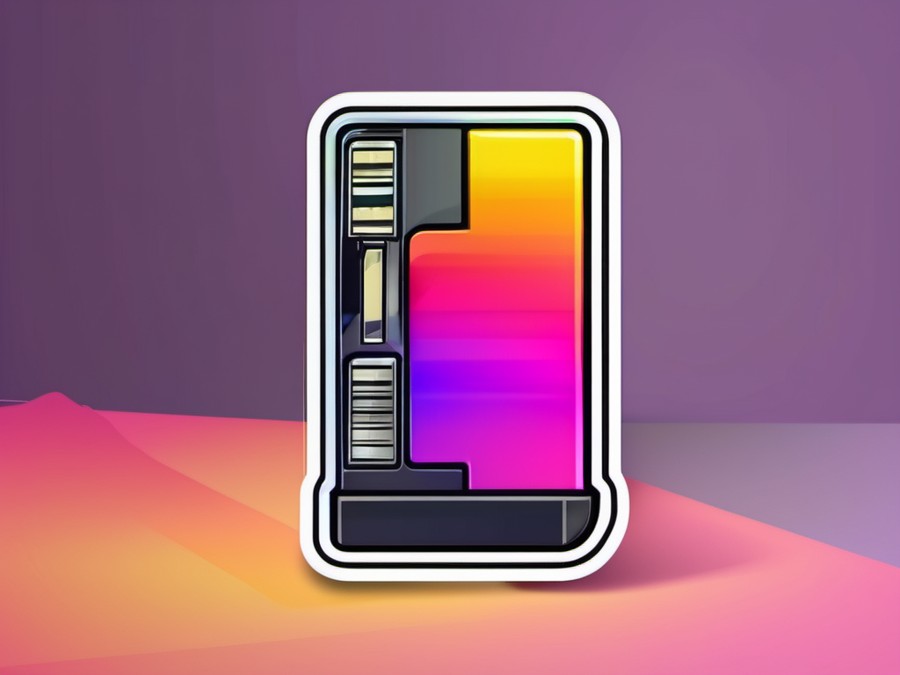· Charlotte Will · Flash Accessories · 6 min read
What is a USB Drive Enclosure and Why Use One?
Discover the benefits and uses of a USB drive enclosure. Enhance portability, data transfer rates, and learn how to choose the right one for your needs.

Welcome to the world of seamless data transfer and enhanced portability. If you’re reading this, chances are you’ve heard about USB drive enclosures but maybe aren’t quite sure what they are or why you need one. Let’s dive in and explore the ins and outs of USB drive enclosures, their benefits, and how to choose the right one for your needs.
Understanding the Basics
What is a USB Drive Enclosure?
A USB drive enclosure is essentially a case that allows you to convert an internal hard drive (HDD) or solid-state drive (SSD) into a portable, external storage device. It’s like giving your old internal drive a new lease on life and making it more versatile than ever.
Key Components of a USB Drive Enclosure
- Housing: This is the part that protects your drive from physical damage. It can be made from materials like plastic, aluminum, or even rubber for shock-resistance.
- Circuit Board: This is where the magic happens. It converts the SATA interface of your drive to a USB interface, allowing it to be recognized by any computer.
- USB Interface: This is the port where you plug in your USB cable, connecting your enclosed drive to a computer or other devices.
How Does a USB Drive Enclosure Work?
The circuit board inside the enclosure acts as a bridge, translating the commands from your computer to a format that your drive understands. It’s like learning a new language, except this time it’s your computer doing the talking.
Benefits of Using a USB Drive Enclosure
Converting Internal Drives to External
Do you have an old HDD or SSD lying around? Maybe you upgraded your computer and now have no use for that old drive. A USB enclosure lets you breathe new life into it by converting it into an external storage device. What is a Shockproof Hard Drive Case and Why Use One? and What is a Dust-Tight Enclosure and When Should I Use One? can offer you additional insights into protecting these external drives.
Enhanced Portability and Flexibility
With an enclosed drive, you can easily move data between different computers. No more wrestling with cables or wedging your computer under a desk to access the internal drive. Just plug and play.
Improved Data Transfer Rates
Many USB drive enclosures support high-speed interfaces like USB 3.0 or USB 3.1. This means faster data transfer rates, making it a breeze to back up large files or move massive datasets. What is the most cost-effective USB flash drive for everyday use? and What is the most durable USB flash drive for outdoor use? can give you more details on maximizing efficiency with USB drives.
Choosing the Right USB Drive Enclosure
Factors to Consider When Buying
- Compatibility with Drive Types: Make sure your enclosure supports the type of drive you have. Most support 2.5-inch drives, but some also handle M.2 slots for NVMe drives.
- Supported Interfaces: USB Type-A, USB Type-C—choose the interface that best suits your needs.
- Additional Features: Power buttons, LED indicators for activity or power status—these can make your experience smoother.
Top Recommendations for SSD and HDD Enclosures
There are various top-rated models like the Sabrent USB 3.1 and the UGREEN USB 3.0. Each has its own set of features, so it’s about finding the right fit for your specific needs.
How to Use a USB Drive Enclosure
Step-by-Step Guide for Enclosing an SSD or HDD
- Preparing the Drive: Make sure your drive is clean and free from any dust or debris.
- Installing the Drive in the Enclosure: This usually involves sliding the drive into place and securing it with screws.
Connecting and Powering Up
- Using USB Ports and Cables: Connect the enclosure to your computer using a USB cable.
- Powering the Enclosure: Some enclosures need an external power source. If yours does, make sure it’s connected before you turn anything on.
Troubleshooting Common Issues
- Enclosure Not Recognized: Ensure everything is properly connected. Sometimes a simple reboot can solve the problem.
- Slow Data Transfer Rates: Make sure you’re using a USB 3.0 port and the appropriate cable.
Advanced Uses and Considerations
Using a USB Drive Enclosure for Data Recovery
If you have a damaged internal drive, an enclosure can make it easier to access and attempt recovery. Just be careful not to write any new data to the drive until you’ve backed up what you need.
Enclosing NVMe Drives
Enclosing an NVMe drive can be a bit trickier. You might need a special adapter or an enclosure designed specifically for NVMe drives. What is a USB Hub and Why Do You Need One? and What is a powered USB hub and do I need one? offer more insights into managing multiple USB devices.
Future-Proofing Your Storage Solutions
USB standards are always evolving. If you want your enclosure to last, consider one that supports USB 3.1 or higher. That way, you’re ready for whatever comes next in the world of data transfer.
Conclusion
A USB drive enclosure is a must-have tool for anyone looking to maximize the lifespan and utility of their internal drives. Whether you’re converting an old drive into a portable storage solution or enhancing the versatility of your data transfer, an enclosure can make all the difference.
FAQs
How do I know if my drive is compatible with a USB enclosure?
Most 2.5-inch and 3.5-inch SATA drives are compatible with standard USB enclosures. Always check the specifications to be sure.
Can I use a USB drive enclosure for data backup?
Absolutely! Enclosing your drives provides a quick and easy way to back up data from multiple computers.
Is there a difference between USB 2.0 and USB 3.0 enclosures?
Yes, the main difference lies in data transfer speeds. USB 3.0 (and later) enclosures offer significantly faster transfer rates compared to USB 2.0 counterparts.
How can I ensure the longevity of my enclosed drive?
Proper care and maintenance are key. Keep the drive clean, ensure it’s not exposed to extreme temperatures or humidity, and avoid sudden disconnections.
Are there any security concerns when using a USB drive enclosure?
While USB drives themselves can be vulnerable to data breaches, using strong encryption and being mindful of where you plug the drive can mitigate these risks.
Don’t forget to check out other helpful articles like What is a Hard Drive Dock and Why Do You Need One? and What is a USB Car Charger and How to Select the Best One? for more tips and insights.
Happy data management!




